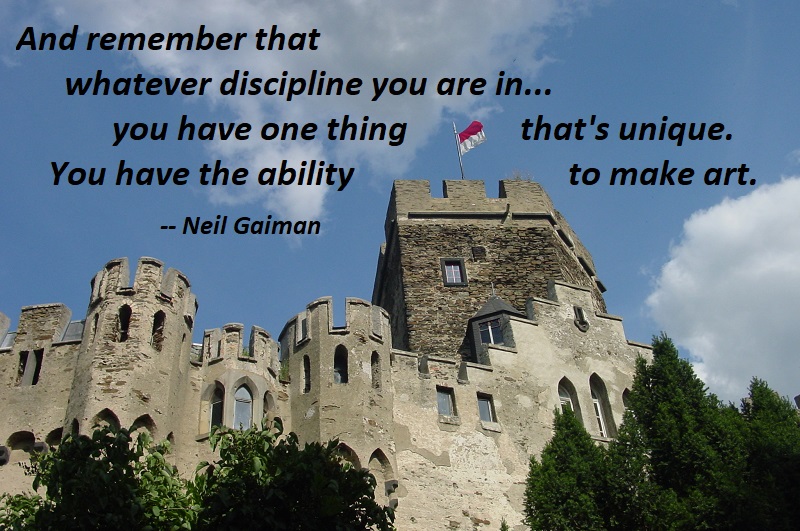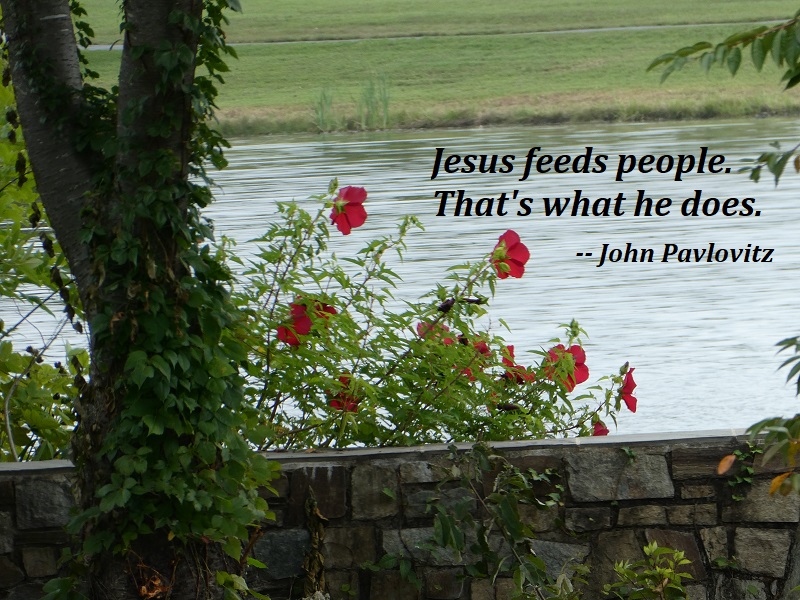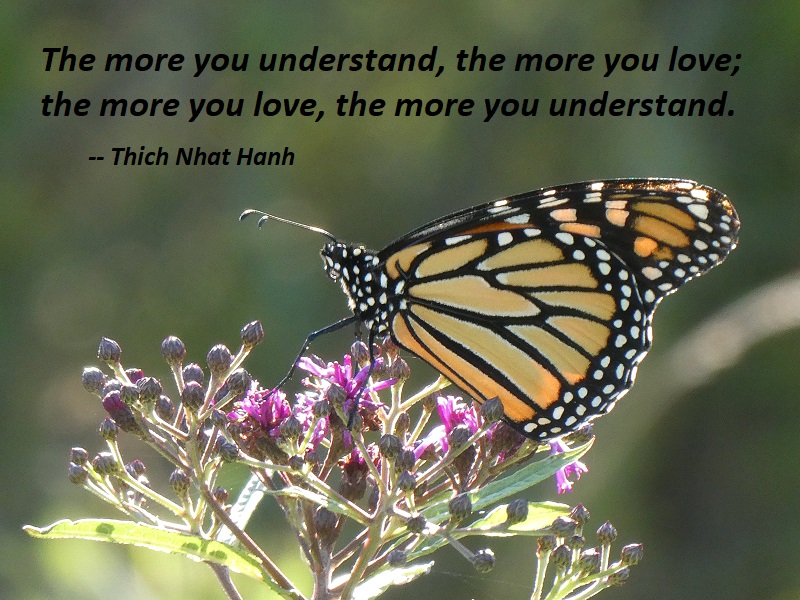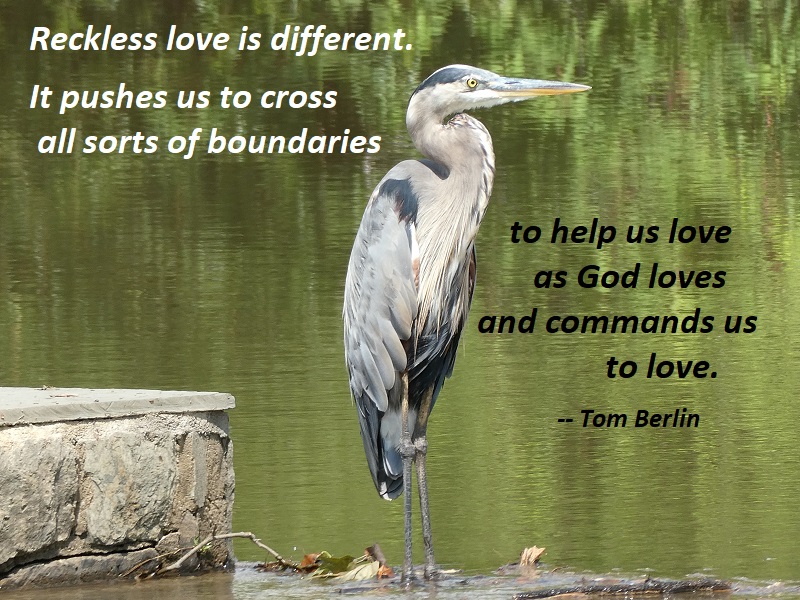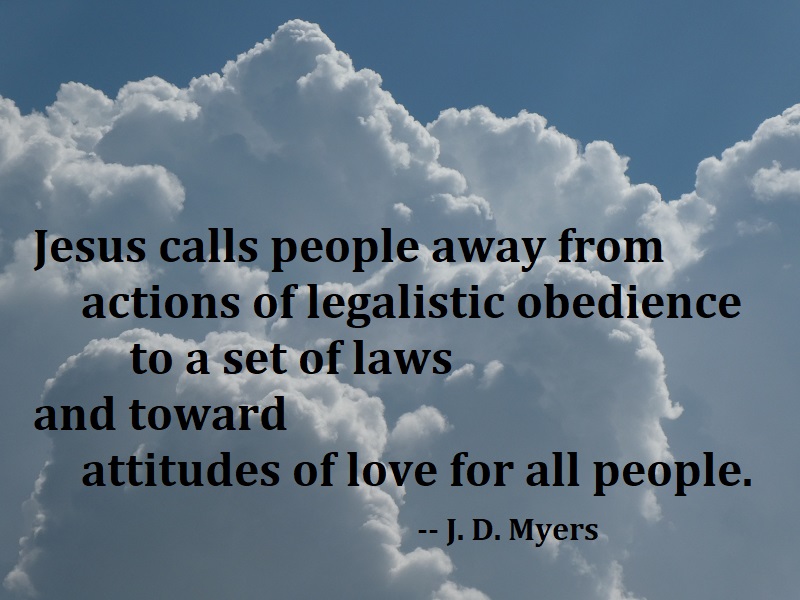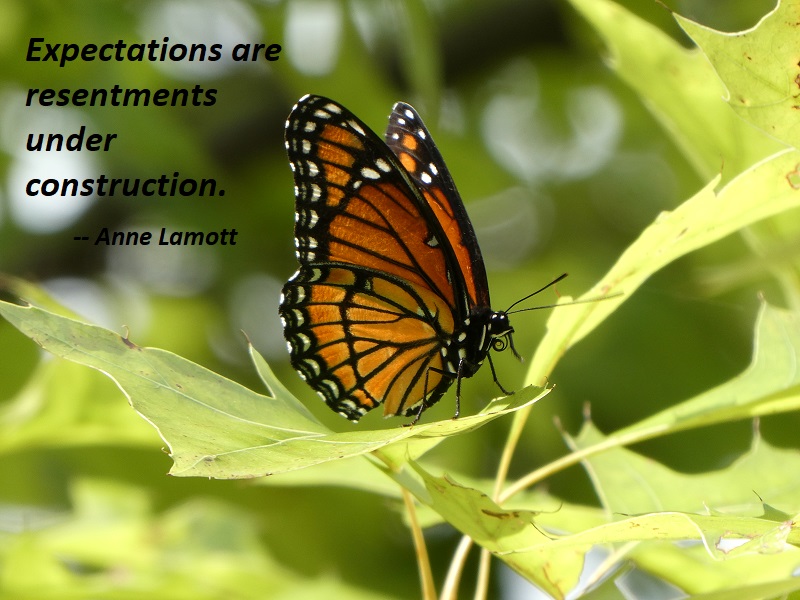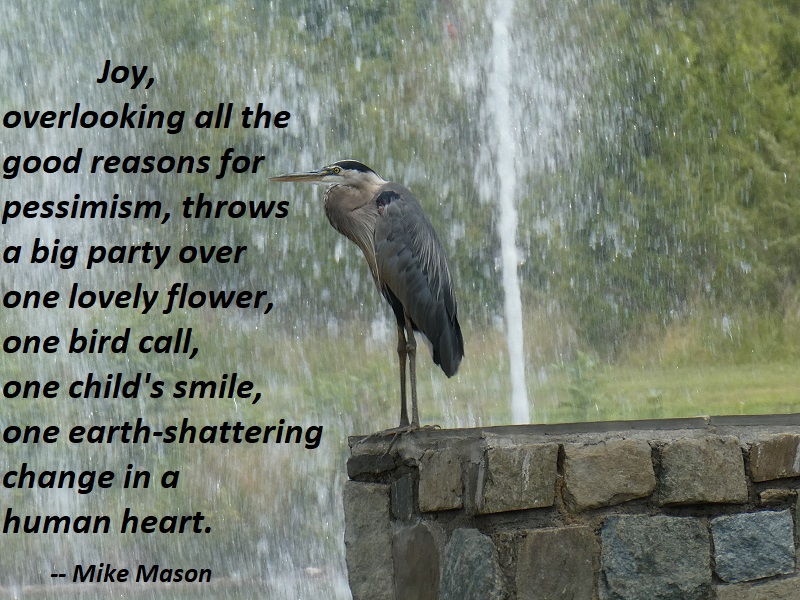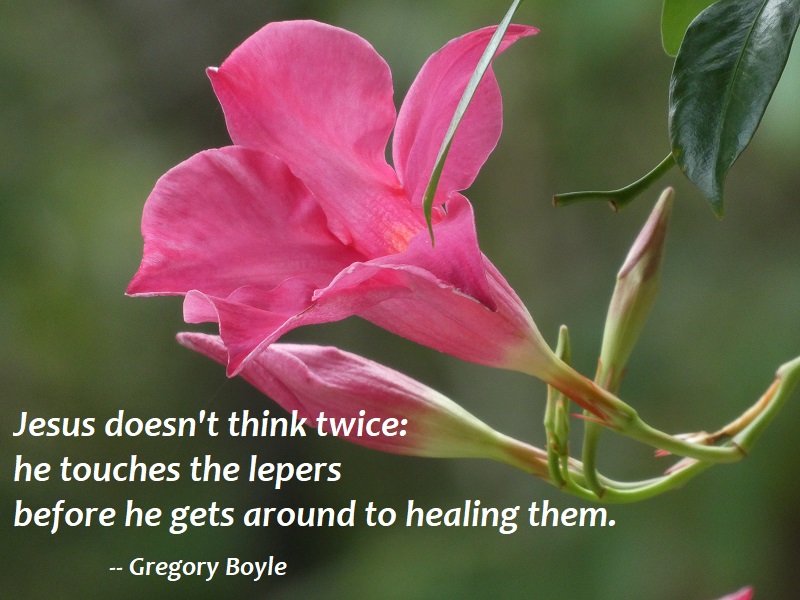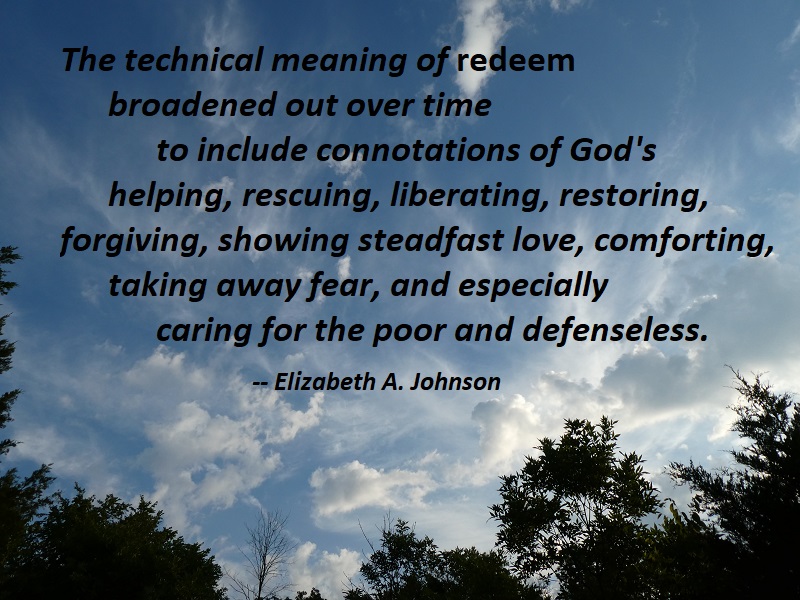All Grace
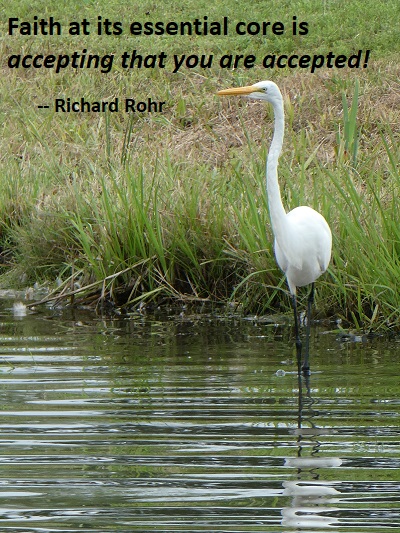
Faith at its essential core is accepting that you are accepted! We cannot deeply know ourselves without also knowing the One who made us, and we cannot fully accept ourselves without accepting God’s radical acceptance of every part of us. And God’s impossible acceptance of ourselves is easier to grasp if we first recognize it in the perfect unity of the human Jesus with the divine Christ. Start with Jesus, continue with yourself, and finally expand to everything else. As John says, “From this fullness (pleroma) we have all received, grace upon grace ” (1:6), or “grace responding to grace gracefully” might be an even more accurate translation. To end in grace you must somehow start with grace, and then it is grace all the way through. Or as others have simply put it, “How you get there is where you arrive.”
— Richard Rohr, The Universal Christ, p. 29
Photo: South Riding, Virginia, August 28, 2019
